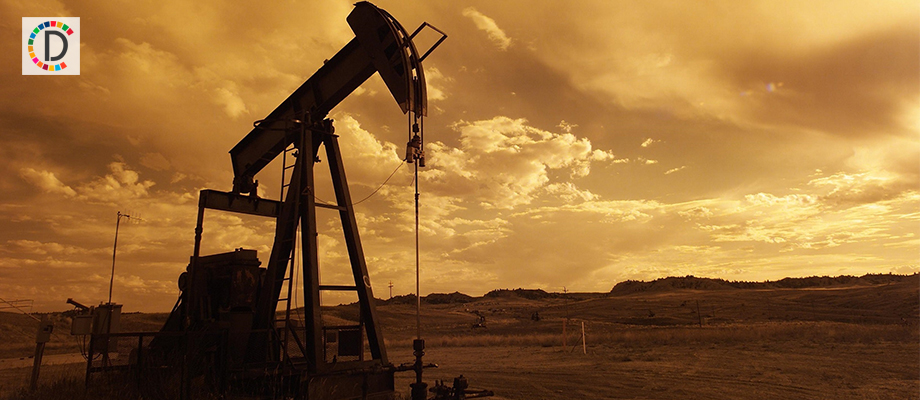Official: Gas leaks around 1/3 of Denmark's CO2 emissions
The Nord Stream pipeline leaks that were pumping huge volumes of natural gas into the Baltic Sea could discharge the equivalent of one third of Denmarks total annual greenhouse gas emissions, a Danish official warned Wednesday.Kristoffer Bttzauw, head of the Danish Energy Agency, said emissions from the three leaks on the underwater Nord Stream 1 and 2 pipelines correspond to approximately 32 of annual Danish carbon dioxide emissions.

- Country:
- Denmark
The Nord Stream pipeline leaks that were pumping huge volumes of natural gas into the Baltic Sea could discharge the equivalent of one third of Denmark's total annual greenhouse gas emissions, a Danish official warned Wednesday.
Kristoffer Böttzauw, head of the Danish Energy Agency, said emissions from the three leaks on the underwater Nord Stream 1 and 2 pipelines correspond to approximately 32% of annual Danish carbon dioxide emissions. Danish emissions in 2020 were approximately 45 million tonnes of CO2.
Sabotage was suspected to have caused the leaks, and seismologists said Tuesday that explosions rattled the Baltic Sea before they were discovered. The incidents come as the EU struggles to keep a lid on soaring gas and electricity prices.
Methane seen bubbling at the ocean surface was an indication of "a strong upward flow," according to Paul Balcombe, a member of the engineering faculty at the department of chemical engineering at Imperial College London.
The loss of pressure in the pipe likely meant a large amount of gas was already lost, he said. The impacts of the gas leak are still coming into focus, Balcombe said, but are likely to be significant.
"It would have a very large environmental and climate impact indeed, even if it released a fraction of this,'' he said. Methane is a major contributor to climate change, responsible for a significant share of the climate disruption people are already experiencing. That is because it is 82.5 times more potent than carbon dioxide at absorbing the sun's heat and warming the Earth. Böttzauw, told a press conference that the agency expects the gas to be out of the pipes, that run from Russia to Germany, by Sunday.
"We believe that half the gas is out by now of one of the two pipes," Böttzauw said. "We are talking about a huge spill of several million cubic meters of gas." He said the gas is not poisonous but contains methane, which is a potent greenhouse gas.
In a statement, his agency said its calculation on the greenhouse gas emissions was an estimate "partly because it is not certain that all the natural gas will be released into the atmosphere; partly because a methane proportion of the natural gas of 100% has been assumed." The statement added that the calculation was based on information from operators Nord Stream AG and Nord Stream 2 AG about the content of natural gas in the three pipelines that are leaking.
Some European officials and energy experts have said Russia is likely to blame since it directly benefits from higher energy prices and economic anxiety across Europe. But others cautioned against pointing fingers until investigators are able to determine what happened.
"As long as there is gas, it dangerous to be there," Böttzauw said, declining to say when experts would be able to go down and see the pipes, which he said was made of 12-centimeter (5-inch) thick steel coated with concrete. They lie on the seabed between 70 and 90 meters (230 feet and 295 feet) deep.
The leaks all were in international waters. Two were within the Danish exclusive economic zone while the third is in the Swedish equivalent.
(This story has not been edited by Devdiscourse staff and is auto-generated from a syndicated feed.)










